The Importance of Arts Education Within Public Schools
Lambert Junior Ava Stapleton works countless hours on her newest art assignment to submit her creation to Scholastic Art & Writing competition.
Imagine a world in which the arts ceased to exist. In this world, the Middle Ages, the Renaissance, the Baroque Age, the Classical Period, the Romantic Era, and the Twentieth Century eras of music would not only fail to spawn but also lack the ability to inspire unique and innovative cultural experiences that make us most human. In this world, Romantic, Renaissance, and Contemporary art movements would never be considered as momentous and influential as they are in our reality. In this world, humans lack individuality and self-expression is a non existent concept. The infinite number of cultures that our world has today are void in this parallel society. In this world, the human species is no longer considered ‘human’ because we act as if we are technology and robotic machinery. Without art, all manifestations of human intellectual achievement would be absent from the history of the world. Without art, human beings would be incapable of successfully developing into the individuals they were meant to be. The human continuity to endeavor in past and contemporary art forms will forever be extremely integral to the development and survival of the human species.
Arts education refers to education in the disciplines of music, dance, theatre, and visual arts. Teachers within this educational sect provide instruction and programming based upon the visual and tangible arts. Educators providing knowledge in the arts disciplines are struck with the responsibility to properly expose the youth to the arts that make up the fabrics of diverse human cultures.
Beginning with Plato, those who have studied human philosophy throughout the ages have all realized the indispensable value that arts and culture truly has in relation to human evolution and development. Plato states, “Music is a moral law. It gives soul to the universe, wings to the mind, flight to the imagination, and charm and gaiety to life and to everything.” The importance of art has been so clear for so long, yet policymakers and school leaders continue to disregard the craft’s benefits. Why is this?
The reasons as to why policymakers, researchers, and schools display little attention to arts education is because, in their opinion, the curricula can not be regularly and easily measured compared to those of reading, science, and math achievement tests. Because of immeasurable content and results, public school funding for arts programs has drastically dropped. Often times, the importance is so belittled that public schools cut the program fully out of their offered curriculum. By cutting such programs, schools detrimentally limit students’ abilities and opportunities to accelerate.
Over the last decade, Chicago Public Schools have experienced drastic budget cuts which in turn resulted in the closing of 50 public schools and over 1,000 teachers being laid off. Statistics found that the most affected department was arts education; 10% of all teachers that were laid off taught either visual arts or music. Such cuts barred students from receiving suitable opportunities in the arts.
With the lack of public funding, schools that understand the importance of the arts are turning to private funds, patrons of the arts, and nonprofit organizations to provide educational vents for students. OrchKids, an educational non-profit program run by the Baltimore Symphony Orchestra, has partnered up with many local schools in the Baltimore city area to “create social change and nurture promising futures for youth.” The organization provides free music education, instruments, academic instruction, meals, as well as performance and mentor-ship opportunities to children and families in the area.
With budget cuts in arts education becoming more and more prevalent throughout the United States, many scientists and organizations have funded research to refute the public schools’ actions and argue that arts education is vital to human progression and development.
According to an article written by Grace Hwang Lynch regarding the importance of art in childhood development, simple creative activities within arts programs can provide young students with enhanced motor skills, accelerated language development, improved decision making and visual learning skills, increased cultural awareness, inventiveness, and bettered academic performance. Concerned for the future of humanity, Lynch states that, “learning to create and appreciate visual aesthetics may be more important than ever to the development of the next generation of children as they grow up.”
In 2010, Missouri public schools conducted a study that revealed that an emphasis on arts education led to higher attendance and graduation rates, as well as fewer disciplinary infractions from students. Data submitted by the state’s public schools, the Missouri Department of Education, and the Missouri Alliance for Arts Education concluded that students who enrolled in arts education classes were more likely to experience a noteworthy positive effect on his or her academic and overall success.
A greater arts education in public schools not only improves students’ lives, but also improves the lives of teachers. A study conducted in 1999 called “Learning in and Through the Arts” reported that teachers and students alike will experience benefits from public schools with increased significance in the arts education department. The report followed students from 12 schools within New York, Connecticut, Virginia, and South Carolina to collect data. The compiled results concluded that arts education not only improve students’ scores on academic achievement tests, but also boost the happiness of teachers. These teachers enjoyed greater job satisfaction by becoming more interested in their work and becoming more innovative in regards to how they educate their students. The study also revealed that positive attitudes from teachers influenced students to become more proficient in their studies.
In addition to all of the cognitive and intellectual benefits that come with arts education in public schools, the cost of enrolling in these courses is economically efficient. Most arts education programs will only charge students with a start-up fee at the beginning of the year, usually ranging from $10-$60. The low-cost of these public school arts programs allows for low-income families and households to enroll their children in such classes. By keeping the costs down, public institutions equally provide all students interested in the arts to live up to their full potential.
Lambert Junior and Visual arts student Ava Stapleton discloses the discrepancies within the high school’s art education program. Ava claims that the school insufficiently supplies visual arts students with the proper technology and knowledge needed to successfully equip them for collegiate art curriculum. For example, today’s modern college student involved in the arts utilizes necessary computer design programs and tools to complete assignments. With the lack of technology and online design skills, Ava believes the public school system is not preparing future scholars accordingly. Another dispute that she affirms is the lack of funding provided to the arts education department compared to the athletic departments. Ava perceives and voices that, “teachers often have to spend their own money to supply needed materials to their students because the school refuses to spend any more money.” Often times, the lack of funding leaves arts students such as Ava with malfunctioning and impractical materials and supplies. In a post receiving over 3,000 impressions on Twitter, Ava tweets:
lambert's spending all this money on flat screen tv's but meanwhile in the art department pic.twitter.com/UkxyzKSPd9
— aves (@AvaStapleton) September 16, 2016
Her tweet illustrates the unequal distribution of priority as she believes funding for materials in the ‘arts department’ should be more of a focus than funding for excess ‘flat screen TV’s’ in the hallways of Lambert. On top of everything, Stapleton states, “Students in other departments receive recognition from Lambert for their talents. The students in the arts department doesn’t get that. All students should be equally acknowledged so that everyone is able to feel important.” Ava feels that public schools should maintain a balance of importance among the arts and other educational departments. Unlike many others, Ava appreciates the opportunities and the self-expressive experiences that arts education provides. She describes the numerous contests that have become available to her and the confidence that comes with enrolling in arts education.
To argue against Ava’s perceived lack of funding, Kelley Puckett -one of Lambert’s Visual Arts teachers- tells the Post that her classes are “tremendously funded.” Puckett states that she is “almost always” reimbursed for anything she purchases out-of-pocket. Puckett confidently feels that Lambert will always be able to provide her with the funding she needs to properly educate her students. While Lambert doesn’t face funding limitations, schools in other cities may still continue to encounter this issue.
In an interview conducted with Lambert’s journalism teacher and online newspaper coordinator Clori Rose, she states, “The arts are a key to creative and critical thinking. Without a close study of the arts, curriculum can become stale, especially if that curriculum is focused on testing.” Rose acknowledges the importance of arts education in public schools by sharing how arts curriculum can impact other areas of study: “I would say that all content areas — mathematics, science, history, literature — require creative thinking in order to discover, grow, and create.” When asked if the program she leads is sufficiently funded, Rose responded with, “Yes. For the most part, if I ask for anything, I get it.” But Rose admits with hesitation that she doesn’t always get what she would like for her students: “Now, if I were to go to the administration and ask for a dedicated computer classroom/lab, only for journalism, where journalism could be studied all day, similar to DECA, I would say that may raise an eyebrow.” Summing things up, Rose reveals her hopes, goals, and aspirations for the future by stating, “I would love to see the journalism program have its own lab, both for yearbook and for newspaper. I would love to see the program grow to the point that there were so many students wanting to learn about journalism that we could teach it all day with many classes offered. That is a dream that I feel is obtainable at Lambert. We would just have to work at it over time.”
“Everything really is art, and we should cherish all its forms or we will certainly lose a closer connection to ourselves as human beings.” – Clori Rose
Your donation will help support The Lambert Post, Lambert High Schools student-run newspaper! Your contribution will allow us to purchase equipment and cover website hosting costs.



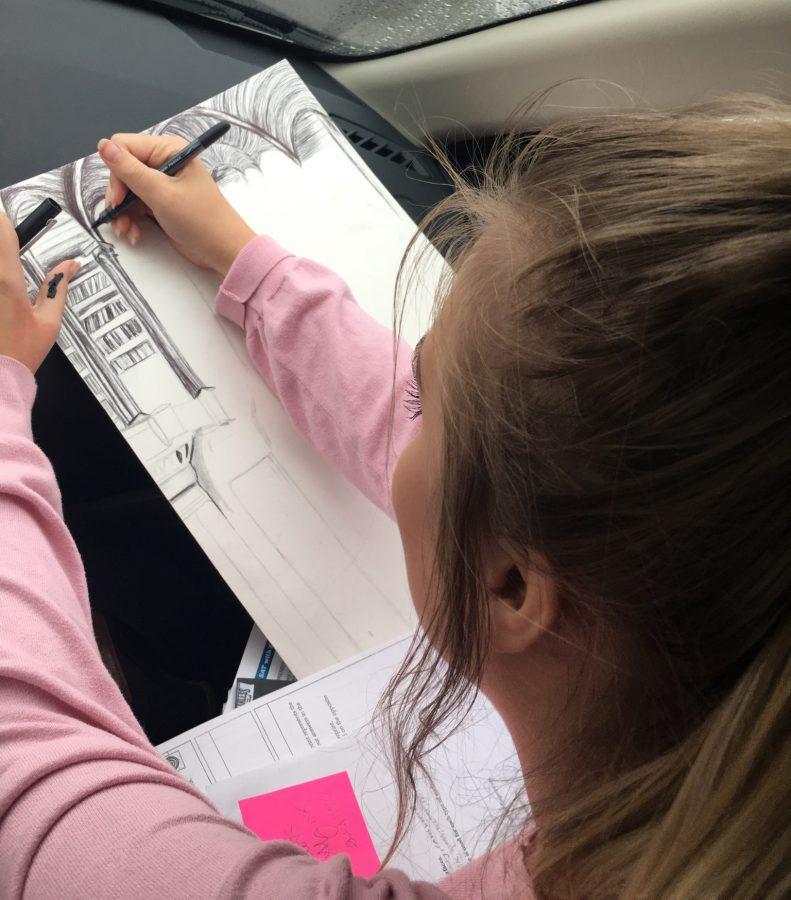
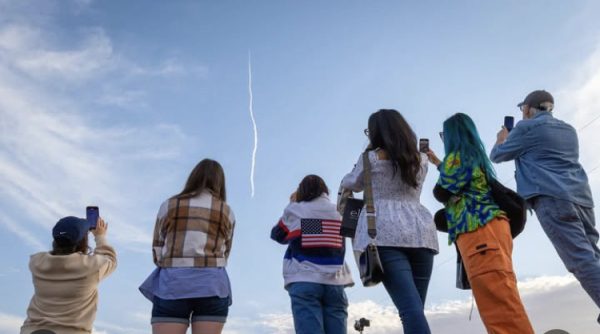
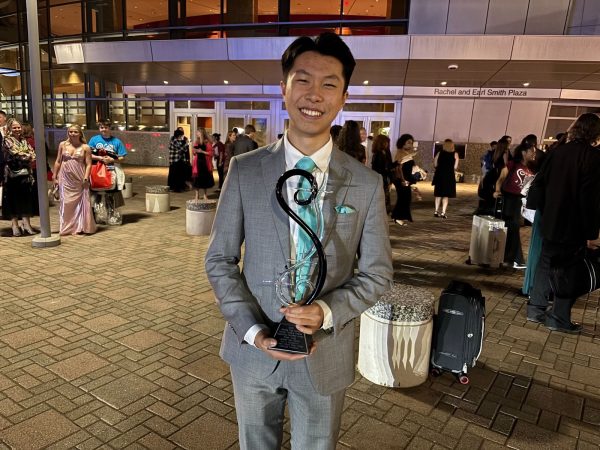


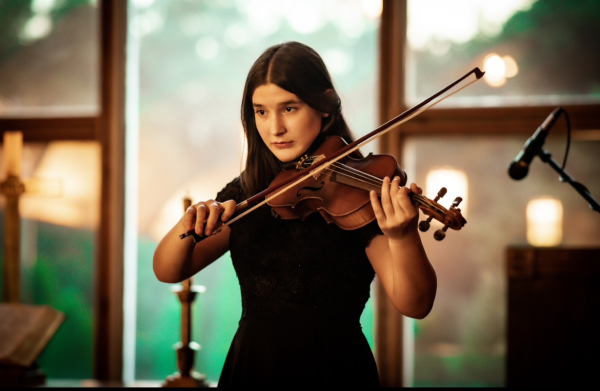
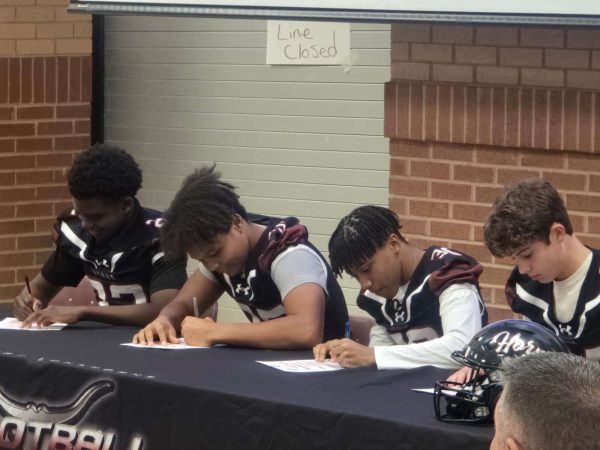
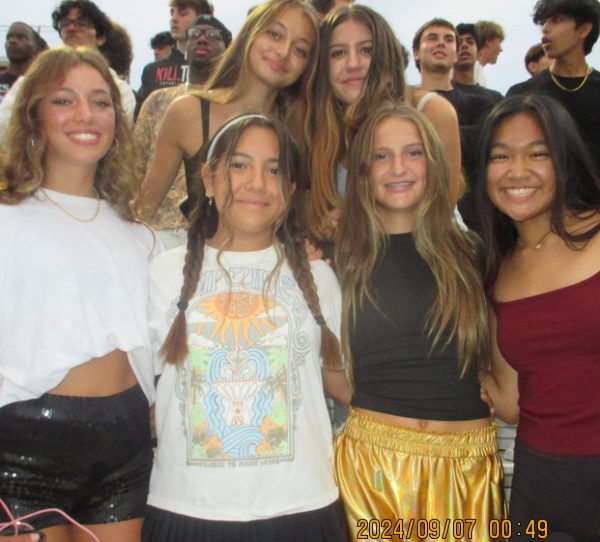
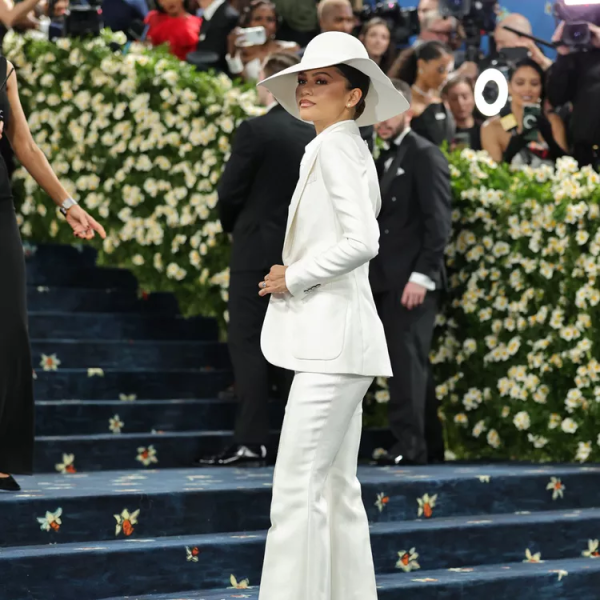

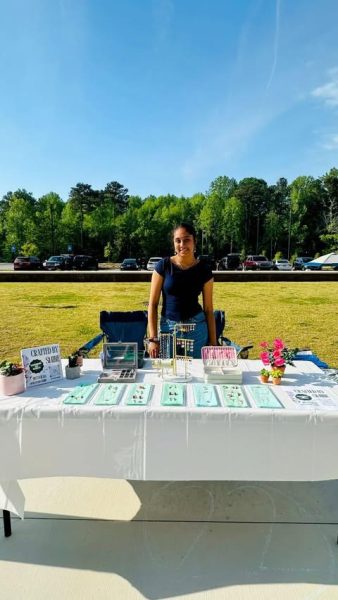
Ahmad • Jul 23, 2017 at 4:45 am
very good guys.